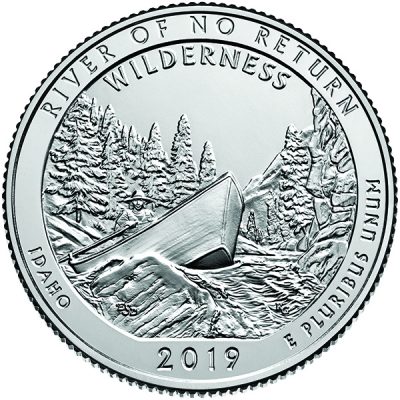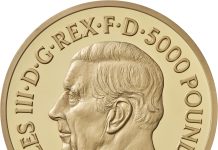
By Donn Pearlman

The United States Mint overwhelmingly does a splendid job for what it is supposed to do: provide billions of new coins each year for circulation as requested by the Federal Reserve Bank system and produce high-quality coins and medals for collectors. Unfortunately, there often have been too many cooks in the Congressional kitchen ordering the Mint to create a numismatic buffet of too many fund-raising commemorative coins for various causes and themes.
Some newcomers to the hobby may not realize there was a time during the late 1950s to early 1970s when collectors were pleading with legislators to authorize commemoratives and let the Mint introduce new designs on circulating coins. The last commemoratives had been issued in 1954, and designs of the Lincoln cent, Jefferson nickel, Roosevelt dime and Washington quarter had not changed in decades. After introduction of the Kennedy half dollar in 1964, other stagnant pocket change images ended with the popular, dual dated 1776-1976 U.S. Bicentennial quarters, half dollars and dollar coins that also were struck in special 40 percent silver and proof versions for collectors.
That led to the George Washington half dollar commemorative released to collectors in 1982 to honor the 250th anniversary of Washington’s birth. But the trickle of commems became a tsunami starting in 1983, with fund-raising coins on behalf of the 1984 Los Angeles Olympic Games. Like one of the game’s events, U.S. commems became a marathon.
The Olympic games are held every four years, and the Mint reports that between 1983 and 2002, 27 different kinds of Olympic coins were made: 24 Olympic Games, 2 Paralympics, and 1 Special Olympics, featuring the work of 18 designers with 44 unique designs.
Since the modern commemorative coin program began in 1982, the United States Mint has raised more than $506 million in surcharges – paid for by collectors who purchase the coins — to help build new museums, maintain national monuments and historical sites and support various Olympic programs.
So what’s the problem? First, many collectors can no longer afford to acquire one of each item annually made by the Mint.
Second, since the wildly successful 50 State Quarters® Program of 1999 to 2008, there has been an onslaught of new circulating coins and collectors’ editions, such as the America the Beautiful series and the recently launched 14-year American Innovation $1 series with 57 different designs and intended only for collectors, not circulation.
While a worthwhile project, some designs in the ongoing America the Beautiful Quarters® Program face a visual obstacle: Many landscapes look cluttered on coins. For example, the 2019 Idaho Frank Church River of No Return Wilderness design (illustrated with this column) may be a numismatic wasteland of no return.
American Numismatic Association Governor Thomas J. Uram is now Chairman of the Citizens Commemorative Coin Advisory Committee (CCAC), which advises the Treasury Department about proposed coin and medal designs. I’m optimistic he can guide the committee on an artist’s impressive landscape sketch enlarged on paper possibly not translating when struck as a small coin.
Donn Pearlman is a former American Numismatic Association Governor and recipient of dozens of writing and broadcasting awards.
Want to receive COINage magazine in your mailbox or inbox? Subscribe today!














